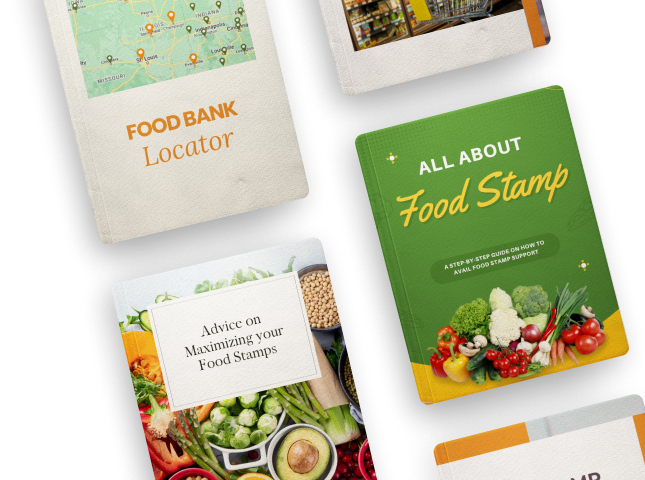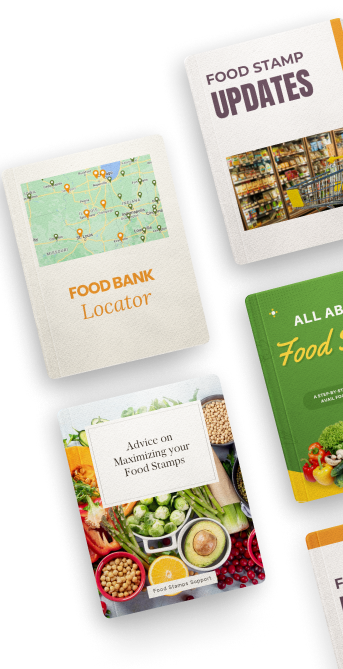Empowering Nutrition: Navigating SNAP Benefits with SSDI Support
As individuals juggle financial obligations, the need for nutritional support becomes crucial.
For those receiving Social Security Disability Insurance (SSDI), the question often arises: Can I apply for SNAP benefits alongside my SSDI?
We delve into the eligibility criteria for SNAP and shed light on whether individuals can access this valuable support while receiving SSDI.
Unpacking SNAP Eligibility
The Supplemental Nutrition Assistance Program (SNAP), commonly known as food stamps, is a federal assistance program administered by the United States Department of Agriculture (USDA).
Its mission is to provide financial aid to low-income individuals and families, ensuring they can afford wholesome and nutritious food.
Eligibility for SNAP is based on several factors, including household income, size, and allowable deductions.
Understanding SSDI and SNAP
Social Security Disability Insurance (SSDI) is a federal program designed to support individuals facing significant disabilities. It provides monthly benefits to those who have accumulated sufficient work credits before their disability.
The income received through SSDI helps recipients meet their financial needs during challenging times.
SNAP Eligibility with SSDI
The great news is that receiving SSDI benefits does not prohibit you from applying for SNAP support.
It is entirely possible to access and benefit from both programs concurrently.
While SSDI income is considered during the application process, it does not count towards the income limit used to determine SNAP eligibility. Consequently, you can qualify for SNAP even while receiving SSDI benefits, provided your income aligns with the program's eligibility guidelines.
Income Limit and Deductions
Eligibility for SNAP benefits is determined by your income level, which must fall below a specific threshold. Each state establishes its own income limits, considering factors such as household size and regional cost of living.
To ascertain whether you meet the requirements, it is vital to consult your state's SNAP guidelines.
Additionally, certain deductions can be subtracted from your total income when determining SNAP eligibility. These deductions differ by state and may include expenses such as court-ordered child support payments, housing and utility costs, and dependent care expenses.
Understanding and utilizing these deductions can greatly increase your chances of qualifying for SNAP benefits, even while receiving SSDI.
Applying for SNAP Benefits
To begin the SNAP application process, you will need to connect with your state's SNAP office or visit their website.
The application typically requires you to furnish personal details, including information about:
- your income
- household composition
- any applicable deductions
Following submission, your application will undergo review by the SNAP office, which may require you to provide additional documentation if necessary. The review period is typically around 30 days, after which you will receive notification regarding the status of your application.
Conclusion
Receiving SSDI benefits doesn't hinder you from accessing much-needed SNAP benefits. While SSDI income is acknowledged, it does not factor into SNAP eligibility, paving the way for individuals to receive nutritional assistance under specific income and deduction guidelines.
Consult your state's SNAP guidelines, and if you find yourself struggling to afford nutritious food whilst receiving SSDI, applying for SNAP benefits can offer the financial relief needed to meet your dietary requirements.
Initiate the process by reaching out to your state's SNAP office or visiting their website.
By leveraging the combined support offered by SNAP and SSDI, individuals can ensure their nutritional needs are met, fostering a healthier and more secure lifestyle.












